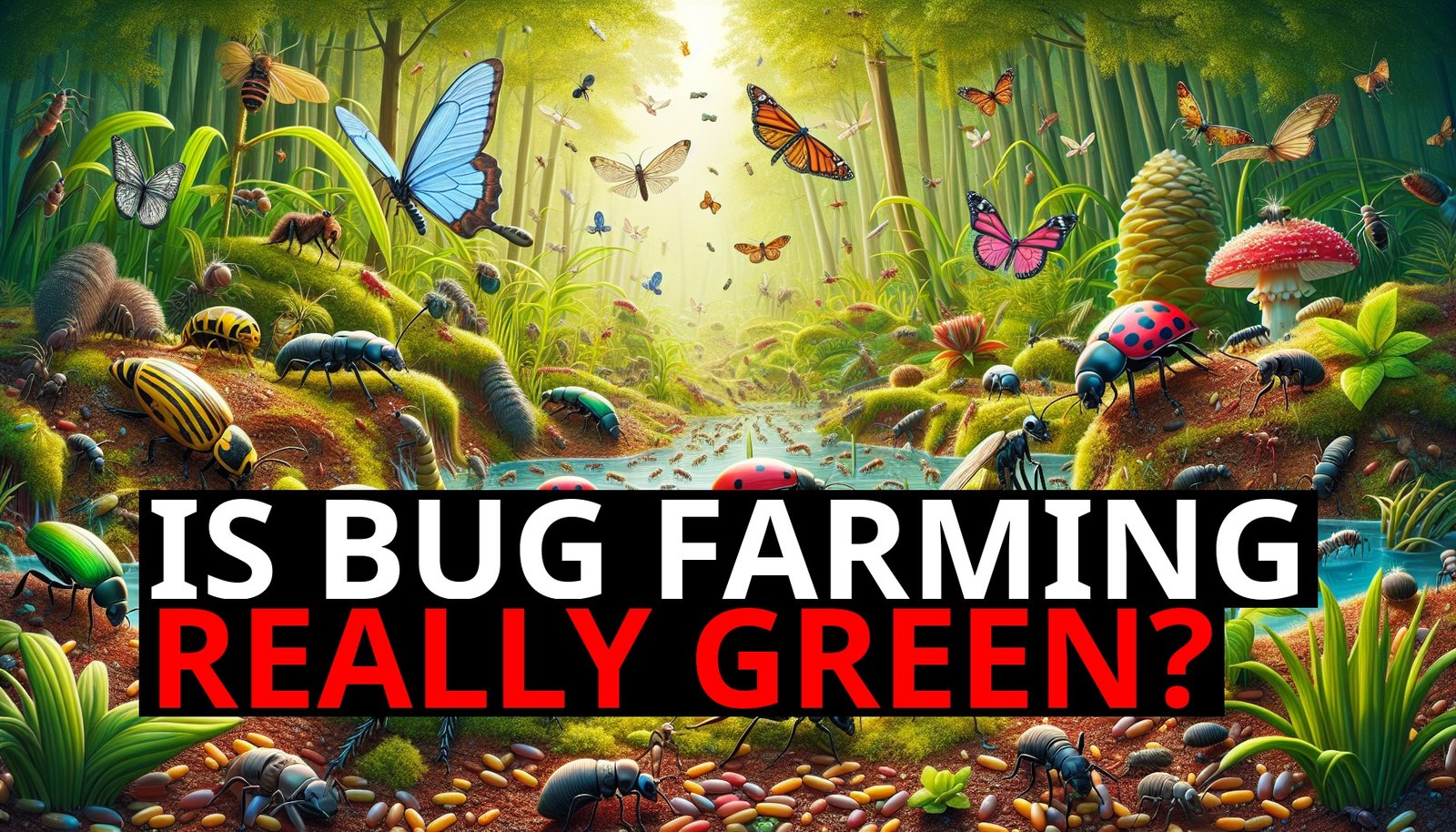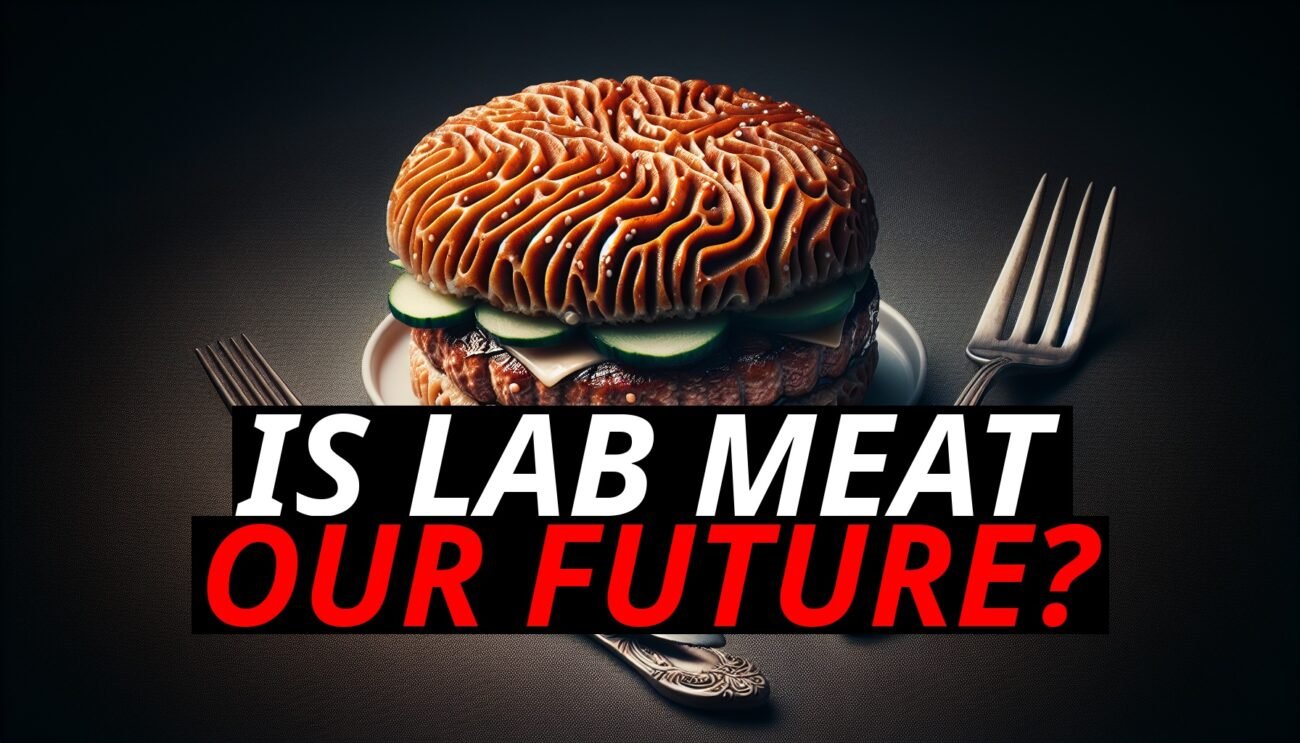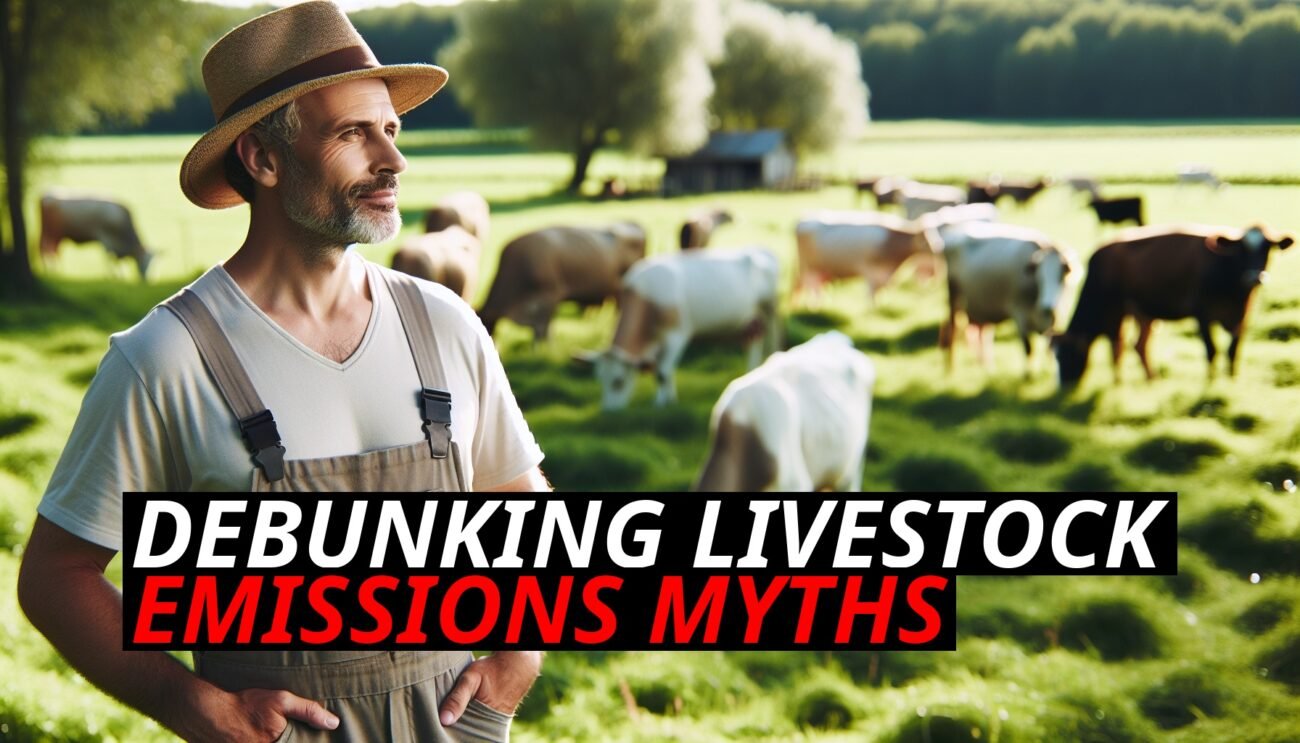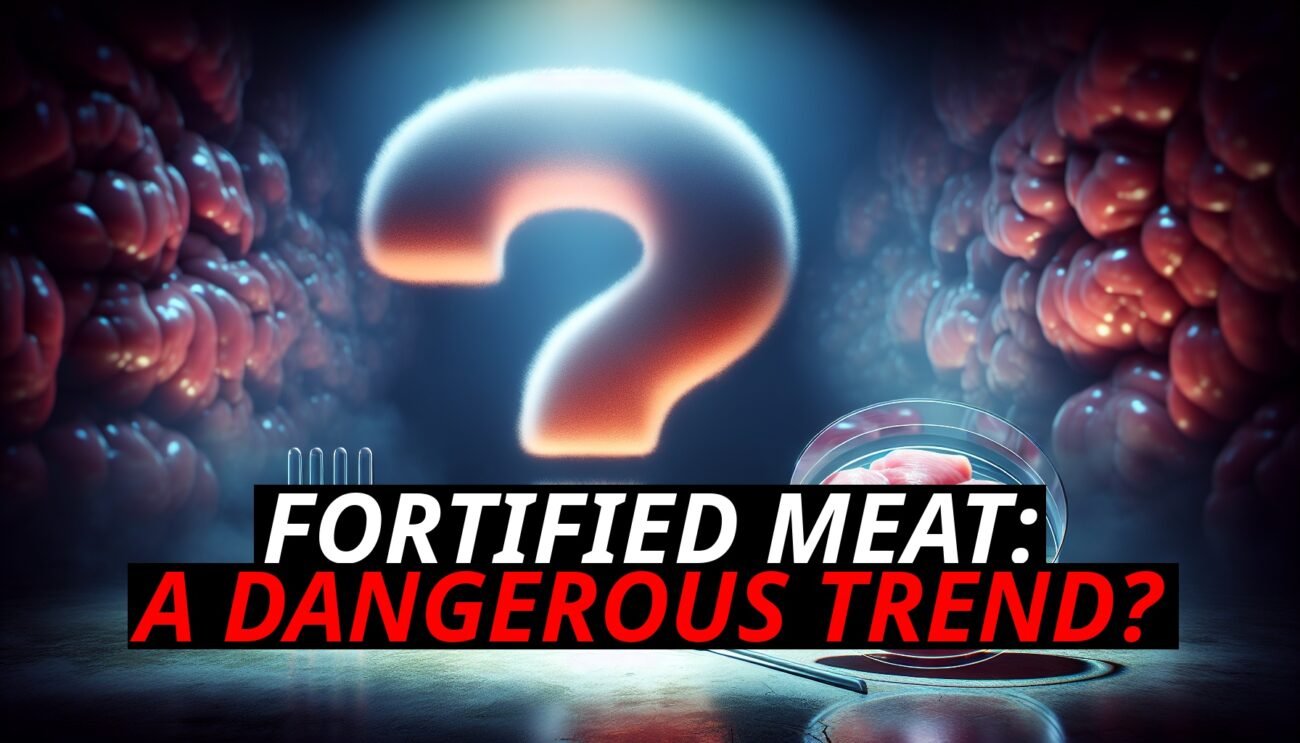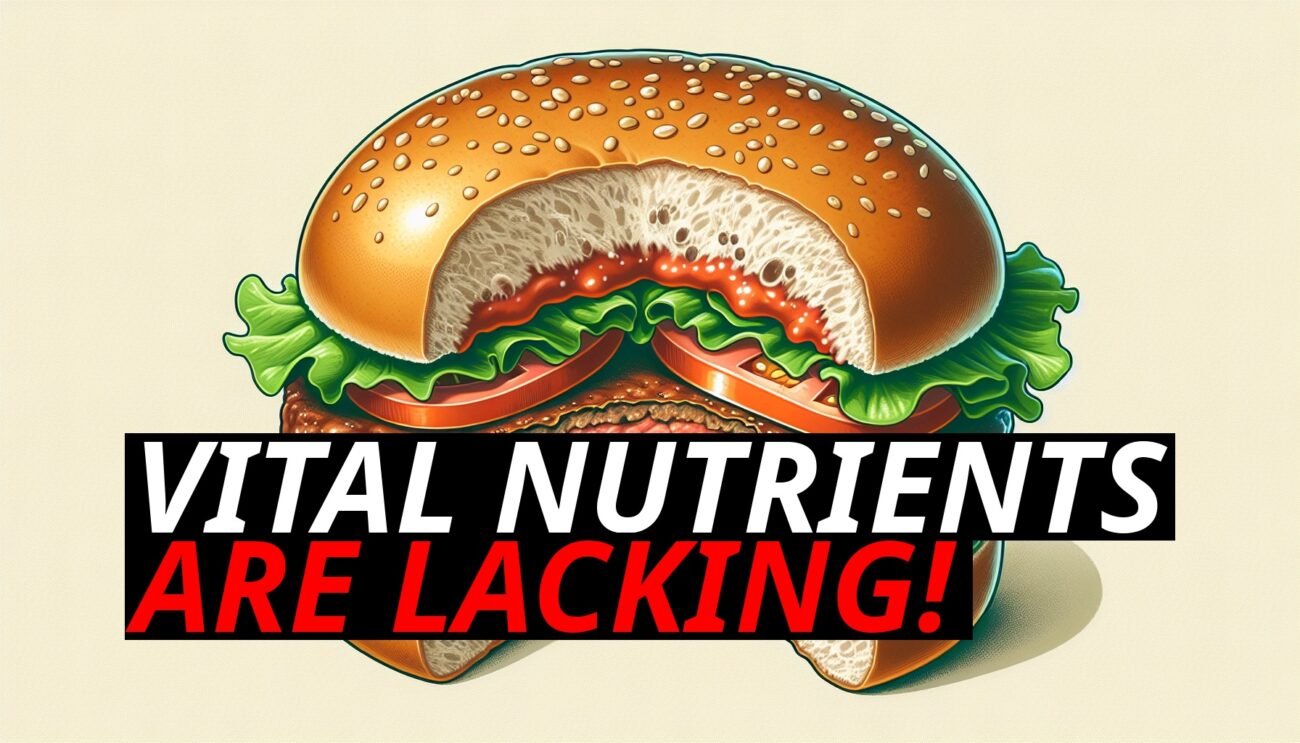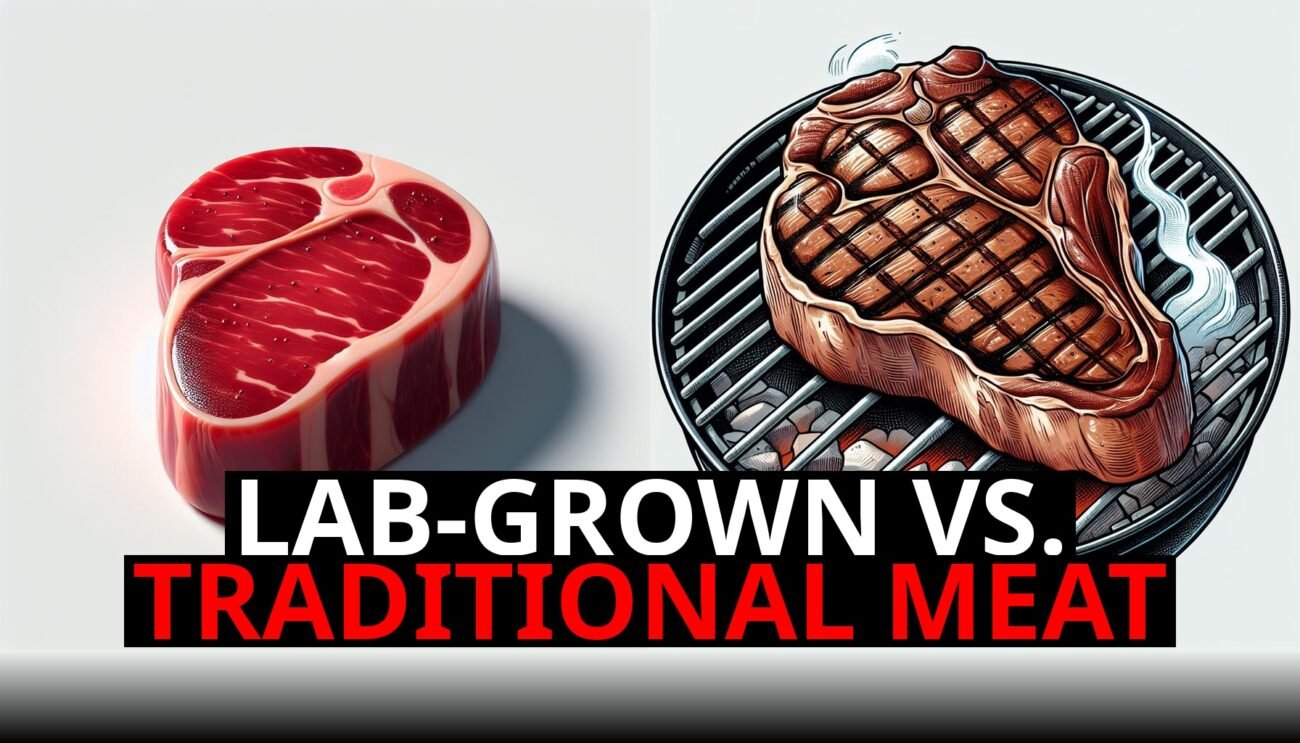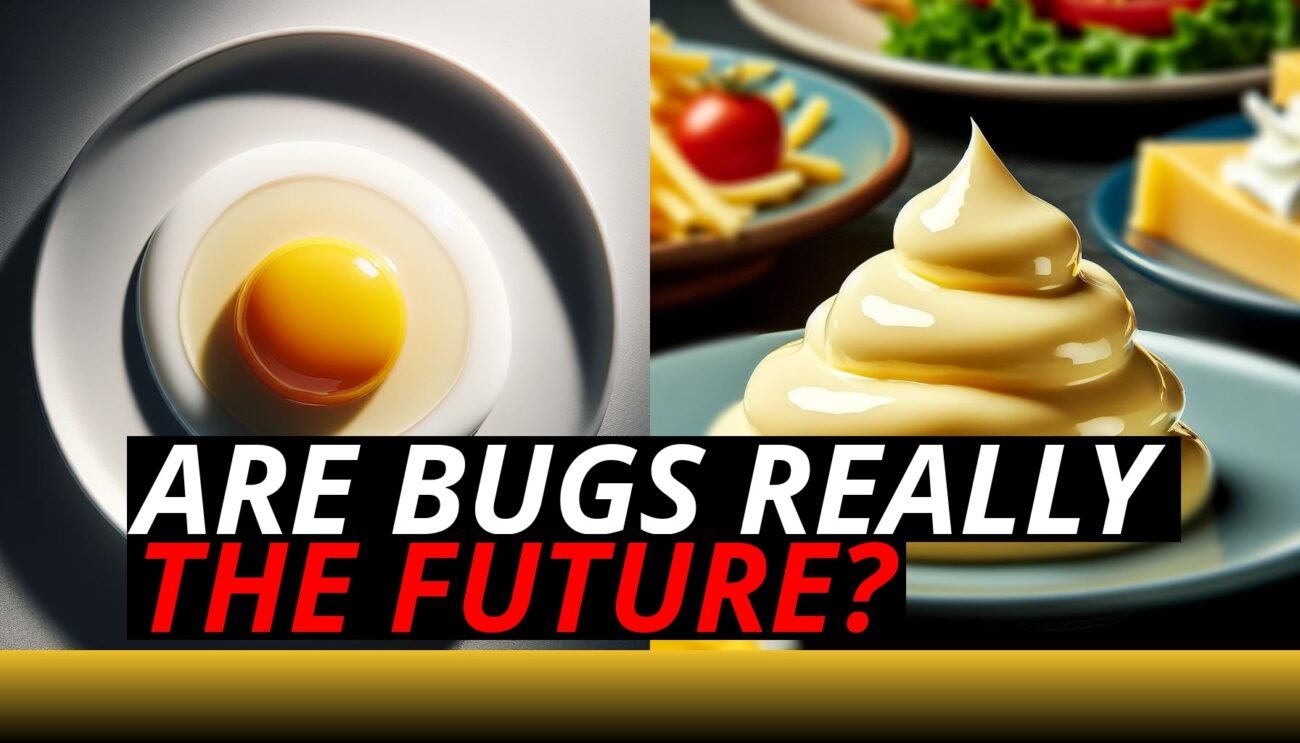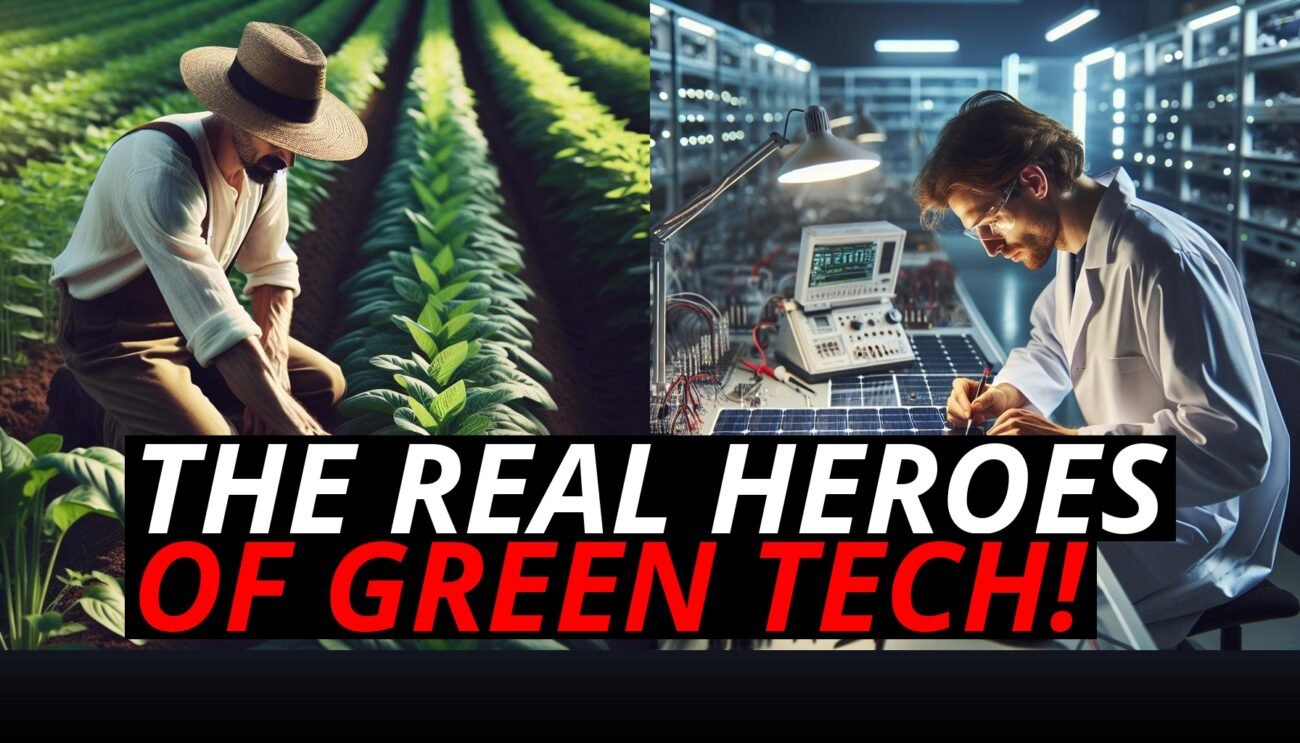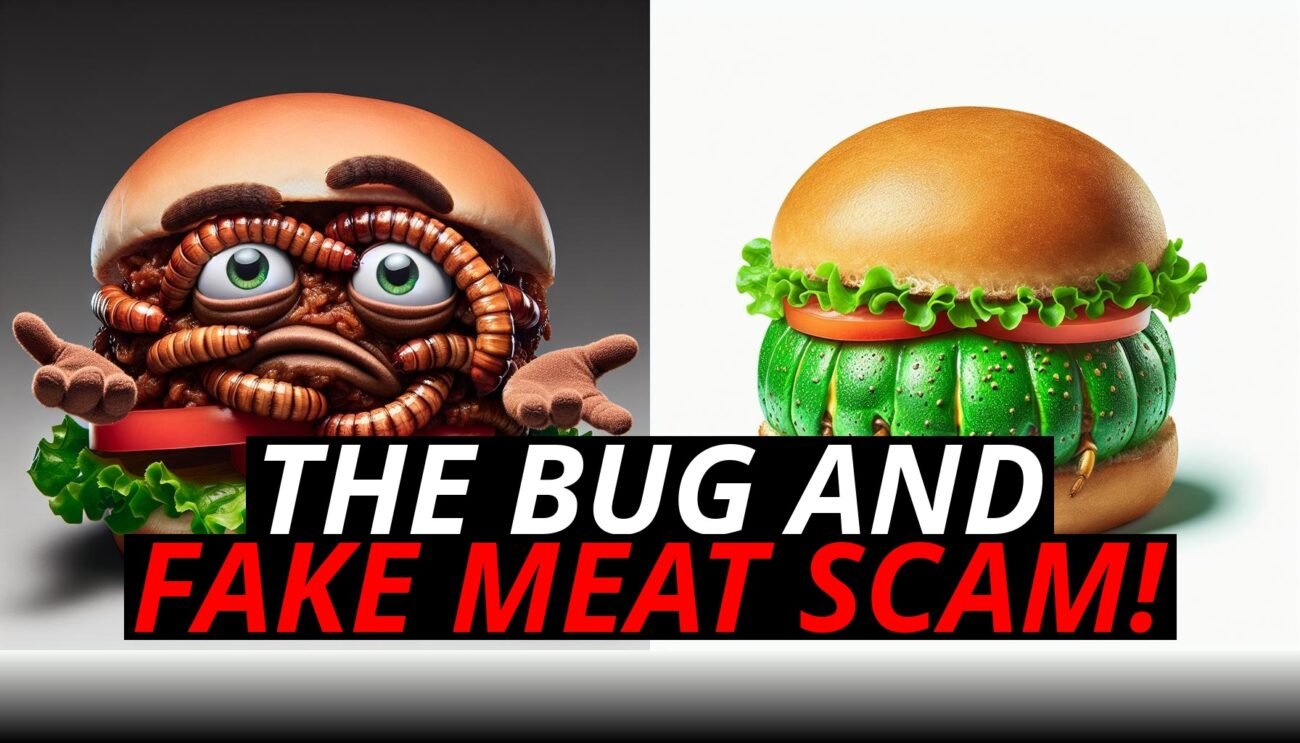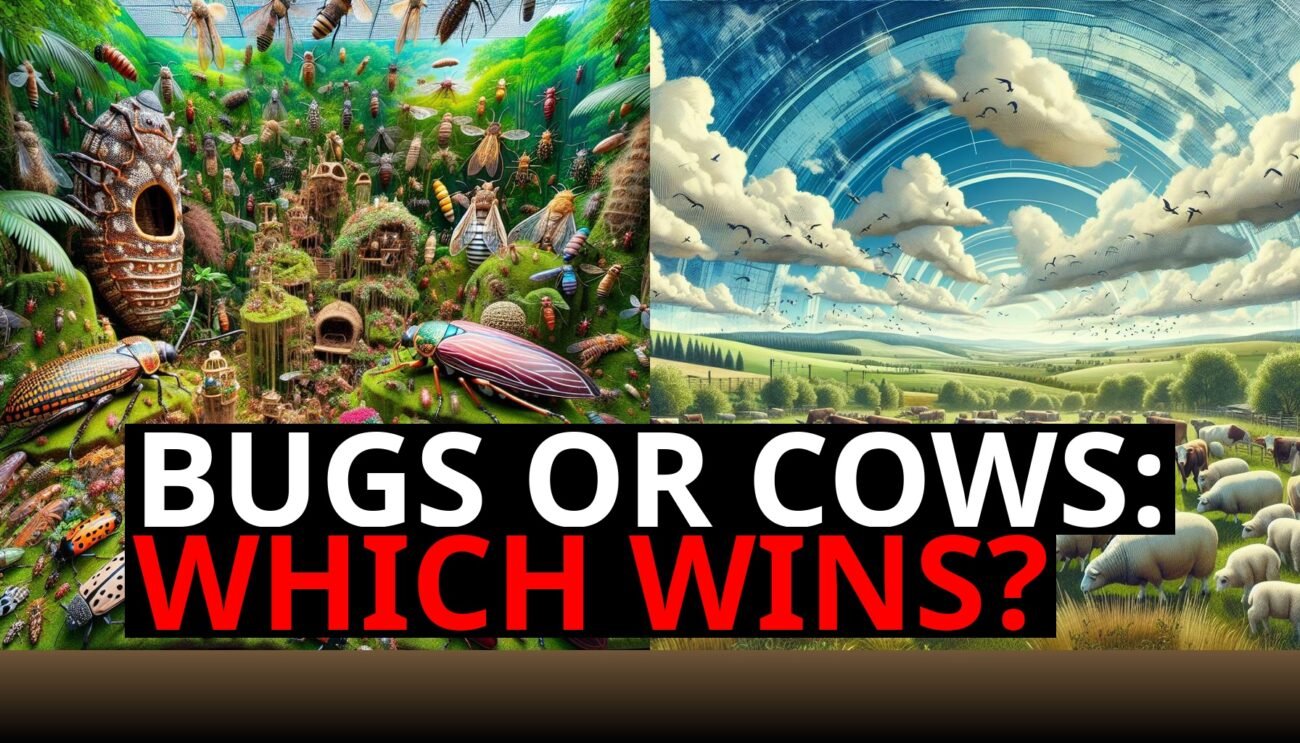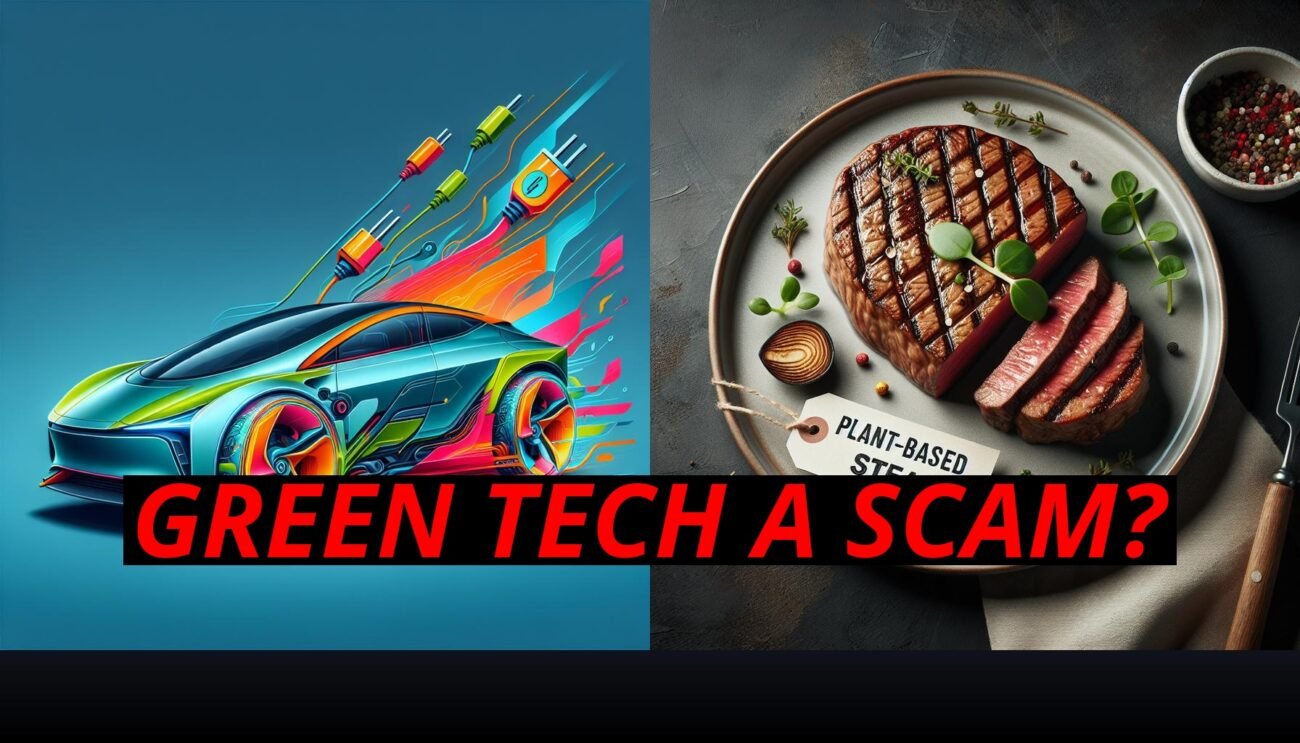The buzz around bug farming is loud. Advocates claim it’s the ultimate solution to feeding a growing population while addressing climate change. But there’s a problem with this vision: it’s far too narrow. The bug-pushing movement is a classic case of environmental tunnel vision, focusing so much on insects as a sustainable solution that it ignores the more effective, time-tested food sources we already have—like eggs, dairy, and well-managed livestock.
While bugs may seem trendy and eco-friendly, the reality is that we’re overlooking far better options. Let’s break down why bug farming falls short in the sustainability game and why focusing on diverse, well-managed food systems is a smarter path forward.
The Narrow Focus Of Bug Farming
Bug farming is often promoted as the next big thing in sustainable food. Advocates argue that insects use less land, water, and feed than traditional livestock, while producing fewer greenhouse gases. On the surface, this sounds like a win for the planet, but there’s more to the story.
Bug farming suffers from environmental tunnel vision because it:
- Overlooks existing solutions: Instead of focusing on improving or scaling up more sustainable practices for food sources like eggs, dairy, and livestock, the bug movement pushes for a complete shift toward insects.
- Ignores cultural and economic realities: Insects may be high in protein, but they lack the nutritional completeness and broad cultural acceptance of other foods. Transitioning to a bug-based diet would be a tough sell for most people, especially when they have access to more efficient and familiar food options.
- Downplays energy costs: While bugs can be farmed in small spaces, they require energy-intensive climate control systems to maintain ideal growing conditions. This extra energy use contradicts the notion that bugs are the most environmentally friendly option.
In short, the bug movement is too focused on insects as a one-size-fits-all solution, while ignoring the broader picture of what’s actually sustainable.
Eggs And Dairy: The Unsung Heroes Of Sustainable Food
While bug farming gets all the attention, eggs and dairy are quietly holding their place as some of the most sustainable and efficient sources of nutrition. Not only are they rich in essential nutrients, but they also come from animals that have been part of well-managed ecosystems for centuries.
Here’s why eggs and dairy deserve more credit in the sustainability conversation:
- Low resource input: Hens and dairy animals like cows and goats are incredibly efficient at converting feed into high-quality nutrition. Chickens, for instance, require minimal space and food compared to their output of eggs, making them one of the most resource-efficient animals to farm.
- Nutritional density: Eggs and dairy products like milk, cheese, and yogurt provide a complete balance of protein, fats, and essential vitamins, including vitamin D and calcium. Insects may offer protein, but they fall short on providing a full range of nutrients necessary for a healthy diet.
- Renewable resources: Unlike insects, which need to be harvested and replaced in cycles, chickens produce eggs continuously, and dairy animals provide milk on an ongoing basis without the need for slaughter. This makes eggs and dairy truly renewable food sources.
In contrast, the infrastructure needed to farm, process, and distribute insects adds layers of complexity and cost, making them a less practical option for mass food production.
The Power Of Well-Managed Livestock
The environmental argument against livestock often focuses on the negative impacts of large-scale industrial farming, but the conversation around well-managed livestock tells a very different story. When livestock farming is done right, it can actually benefit the environment, making it a key player in the sustainable food movement.
Here’s how regenerative livestock practices are making a positive impact:
- Carbon sequestration: Well-managed grazing systems encourage plant growth, which in turn pulls carbon from the atmosphere and stores it in the soil. This process helps offset the methane emissions from livestock, making them part of the solution to climate change rather than the problem.
- Biodiversity support: Grazing animals help maintain grasslands, which are home to a variety of plant and animal species. This supports biodiversity and prevents ecosystems from being overrun by invasive plant species.
- Land use efficiency: Livestock can be raised on marginal land that isn’t suitable for crops. This means that animals like cows and sheep can thrive in areas where growing crops would be inefficient or damaging to the environment.
By focusing on improving livestock farming techniques rather than pushing for a shift to bug farming, we can harness the natural benefits of animals within their ecosystems and create more sustainable food systems.
The Hidden Costs Of Bug Farming
Bug farming may seem eco-friendly at first glance, but when you look closely, it’s clear that the environmental benefits aren’t as straightforward as advocates claim.
Here are some of the hidden costs of bug farming:
- Energy consumption: Bugs need specific conditions to thrive, including warm temperatures and high humidity. This requires energy-intensive climate control, especially in regions where outdoor farming isn’t possible. The energy required to heat and humidify large-scale bug farms can actually negate many of the environmental benefits of insect farming.
- Processing and packaging: Unlike traditional livestock, bugs aren’t ready to eat as soon as they’re harvested. They require processing, whether that’s drying, grinding into powder, or incorporating them into other food products. This adds more steps to the supply chain, increasing both the cost and the environmental footprint of insect-based foods.
- Consumer resistance: Even if bug farming could overcome its energy and infrastructure challenges, there’s the issue of consumer resistance. Most people in the world are more comfortable with traditional food sources like meat, eggs, and dairy. The cultural and psychological hurdles of getting people to embrace bugs as food are enormous, making it unlikely that insect farming will become mainstream anytime soon.
By ignoring these factors, the bug movement is missing the bigger picture of what true sustainability looks like.
Why Diverse Food Systems Are The Real Solution
Instead of focusing on one solution like bug farming, the key to sustainable food lies in embracing a diverse and integrated approach. This means improving and expanding on the food systems we already know work—like eggs, dairy, and regenerative livestock practices—while also exploring niche options like insect farming where they make sense.
A truly sustainable food system includes:
- Regenerative agriculture: By improving the health of soil and ecosystems through sustainable farming practices, we can produce more food with less environmental impact.
- Circular systems: Well-managed farms can integrate animals into circular systems where waste from one process (like manure) becomes a resource for another (like fertilizing crops).
- Flexible protein sources: While bugs may have their place in certain regions or as niche products, they shouldn’t be treated as the one-size-fits-all solution. A diverse range of protein sources—including eggs, dairy, legumes, and meat—provides more flexibility and resilience in our food systems.
By taking a holistic view of food production, we can ensure that our diets are both nutritionally complete and environmentally sustainable.
Conclusion: Look Beyond The Bug Hype
Bug farming might sound like the future of food, but it’s suffering from environmental tunnel vision. By focusing so much on insects as a solution, we’re ignoring the more effective, sustainable, and nutritious food sources we already have—like eggs, dairy, and well-managed livestock.
Instead of putting all our eggs (or crickets) in one basket, we should be embracing a diverse, integrated food system that combines the best of what nature has to offer. By improving and expanding on proven sustainable practices, we can feed the world in a way that’s both efficient and environmentally friendly—without relying on the next trendy food fad.

